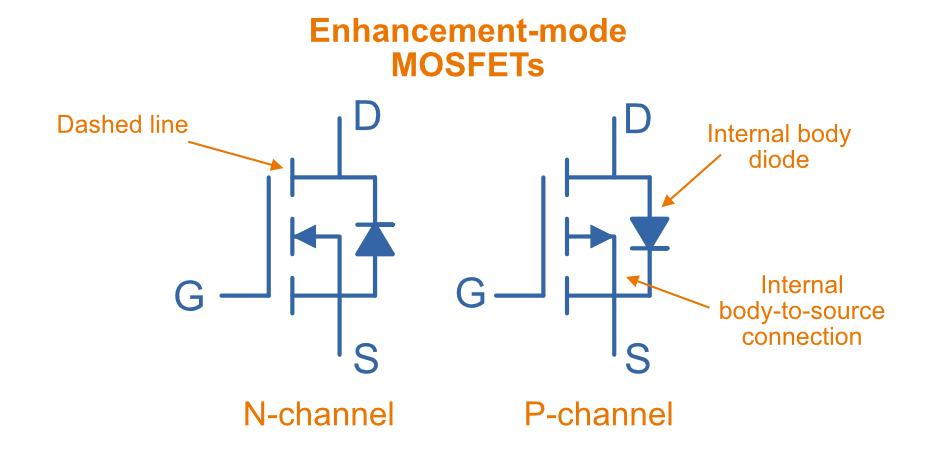Alright, so let’s talk about MOSFET equations. You see them in books, looking all proper and predictive. I figured, hey, piece of cake, just plug in the numbers. Boy, was I in for a ride when I actually started trying to make things work based on those neat little formulas.

My First Real Tussle
I remember this one project, years ago. We were designing a small power controller. Nothing super fancy, or so I thought. I grabbed my textbook, looked up the good old drain current equations – you know, the ones for triode and saturation regions. I did my calculations, picked a MOSFET that looked good on paper, and got to building the prototype.
And guess what? It didn’t behave anything like my calculations. Not even close. The switching wasn’t clean, it was getting hotter than I expected, and the efficiency was just terrible. I was scratching my head, thinking, “Did I forget basic algebra?”
Back to the Drawing Board (and the Bench)
So, I decided I had to really get these equations, not just know them. My practice went something like this:
- First, I pulled out the datasheet for the specific MOSFET I was using. That was a revelation. Those textbook equations? They’re like the “spherical cow in a vacuum” version. Datasheets have graphs, tons of them, showing how the thing actually behaves.
- I started measuring. I mean, really measuring. Vgs, Vds, Id, temperature. I hooked up my scope, my DMM, even a thermocouple. I wanted to see the numbers change in real time as I tweaked things.
- I built simple test circuits. Just a MOSFET, some resistors, a power supply. I’d vary the gate voltage and watch the drain current. Then I’d try to match my observations to the equations, and more importantly, to the datasheet curves.
- I quickly learned that parameters like the threshold voltage (Vth) aren’t just a single number. They drift with temperature. And that ‘k’ constant (the conduction parameter)? Yeah, that wasn’t so constant either.
The Things Textbooks Don’t Shout About
Through all this fiddling and head-scratching, a few things became super clear.
The basic equations are a starting point, a very, very simplified model. They’re good for a ballpark idea, maybe for an exam, but for real-world design, you gotta dig deeper.

Parasitics are everything! Gate capacitance, drain-source capacitance, source inductance… these gremlins aren’t usually in the simple I-V equations, but they massively affect switching speed, losses, and can even cause oscillations. I learned that the hard way, with a few unexpectedly deceased MOSFETs.
Then there’s gate charge. Oh boy, gate charge. It’s not just about hitting the threshold voltage. You gotta pump a certain amount of charge into the gate to actually turn the MOSFET on fully, and pull it out to turn it off. This directly impacts how fast you can switch it and how much power your gate driver needs. The equations for Id don’t tell you much about Q_g.
I also realized that those neat regions – cutoff, triode, saturation – they’re not always sharply defined in practice. There are transition zones. And then there’s the subthreshold region, which can be a pain if you’re trying to get really low leakage.
So, What’s the Takeaway?
My practice with MOSFET equations taught me to be humble. The math is a tool, but it’s not the whole story. You have to combine it with a deep dive into datasheets, a lot of measurement, and a healthy dose of suspicion for ideal models.

Nowadays, when I look at a MOSFET application, the first thing I reach for isn’t just the textbook equation for I_d. I’m thinking about gate drive, thermal management, parasitics, and what the datasheet graphs are really telling me. It’s less about pure equation crunching and more about understanding the device as a whole system. And yeah, I still burn a component now and then. Keeps you grounded, you know?

